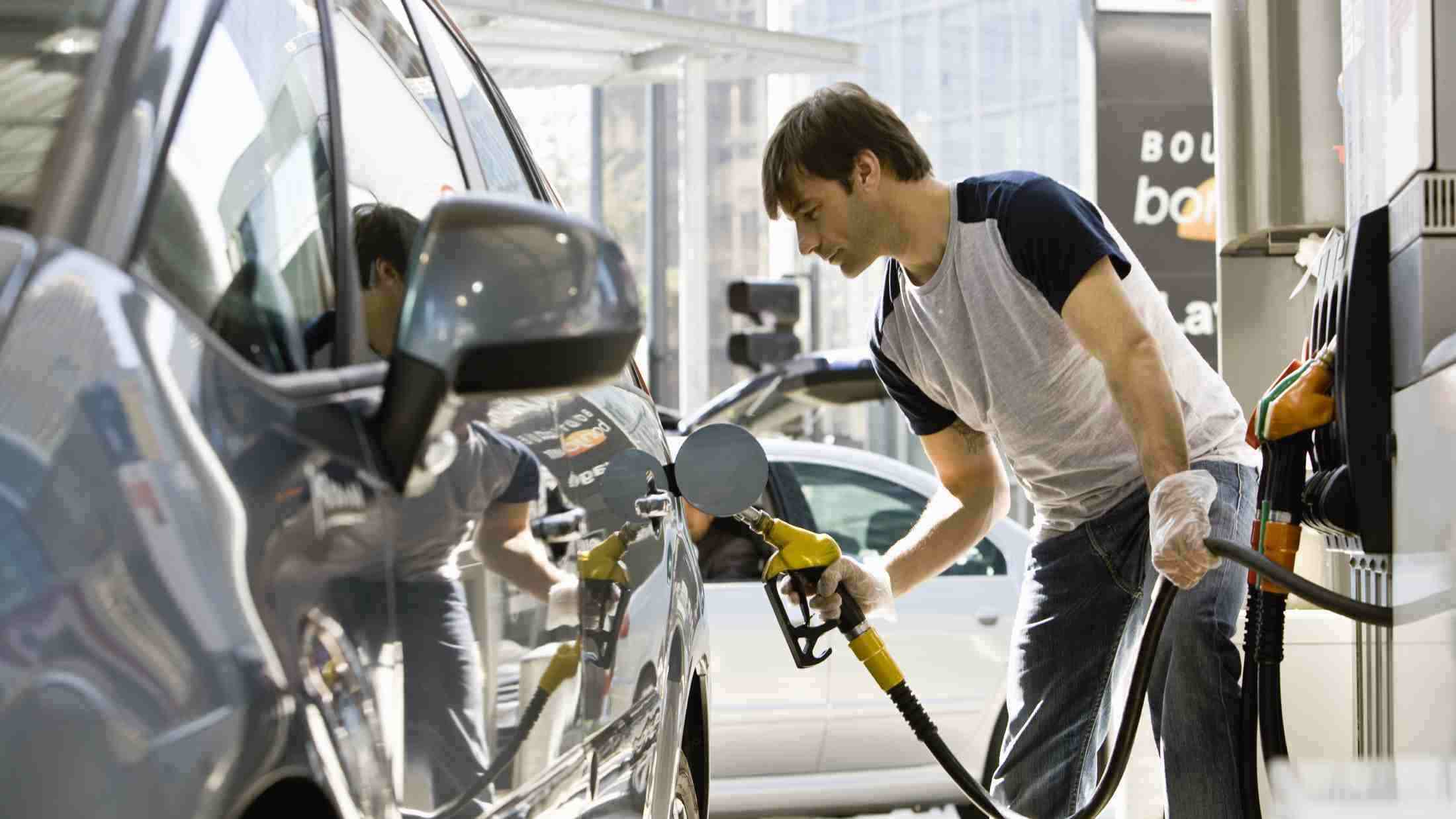When’s the last time you looked to see if the information on your driving licence is correct? It’s worth checking, because out-of-date details could result in you being landed with a large fine of up to £1,000.
According to the DVLA, 2.3 million of us are driving around with incorrect personal information on our licences. It’s free and pretty straightforward to update your details, so none of us has any excuse for avoiding this piece of essential admin.
Here’s our rundown of the most important things you need to know and actions to take.
When do I need to update my driving licence?
Photocard driving licences expire after ten years, and you can renew them online (currently £14) or by post (£17). You can also renew at a Post Office, which costs £21.50 (including the cost of the photos, which they take and send to the DVLA). So not only is updating a means to remain compliant with the DVLA, it’s also the perfect opportunity to get rid of that dreaded mugshot you’ve been stuck with for years.
You’ll find the expiry date in section 4b on the front of the card, and you’ll also be sent a reminder from the DVLA. There’s no charge if you’re over 70.
However, the bit we all forget is to change our personal details. You need to update your licence if any of these change (and as a fine is involved, it’s worth doing, even if you only have a few months to go before it expires).
What driving licence details do you need to update?
You need to renew your licence if your name changes (marriage, gender transition, or if you’ve changed your name by deed poll). It could be that your title changes, for example you’ve been ordained or been awarded your PhD. Similarly, if you’ve moved house, you need to update your address as soon as you can.
If you look at the front of your photo licence, the information is numbered. These are the sections you need to check:
- Surname
- Title and first name(s)
- Expiry date
- Home address
And you’ll be glad to hear there’s no charge for making these changes.
How do you renew your driving licence?
You’ll need a D1 form, which can be sent to you by post from the DVLA, picked up at a post office, or completed online. As well as changing the details on the form, you’ll need to provide supporting documentation.
For each of the following situations, you’ll also need to send the relevant original documents to the DVLA, which will be returned to you (separately to the new licence) after they’ve been processed.
- Name change – Send your marriage/civil partnership certificate, decree nisi or absolute (along with your birth/adoption certificate), a deed poll or a statutory declaration.
- Title change – Again, you’ll need to provide a certificate to prove your title change.
- Gender change – You’ll need to send your gender recognition certificate, a deed poll, or a statutory declaration.
- Address change – Have your driving licence number, National Insurance and passport numbers to hand.
Find out more about what supporting documents you may have to send here.
If you’ve made any of these changes, you’ll also need to update your vehicle’s log book (V5C certificate) accordingly. If this is for a change of address, you’ll need to send your log book to the DVLA to be processed.
When do you get your new licence?
It usually takes between one and three weeks for your new licence to arrive in the post, and you can continue driving as normal during this period. And there you go – a little bit of admin that could save you £1,000!
But your car-related admin doesn’t stop there quite there. As postcodes affect your vehicle insurance quote, it’s important to keep your insurer up to date and check that the cover you’ve got still suits your needs too.











